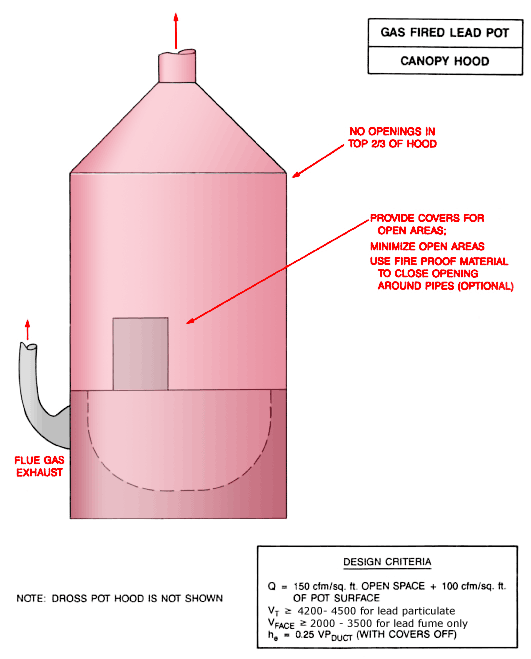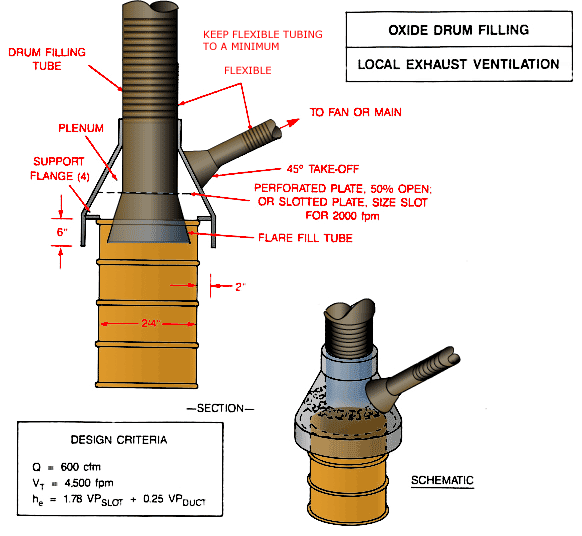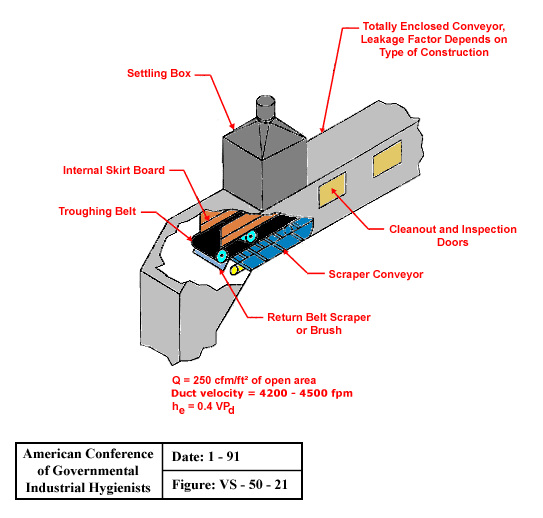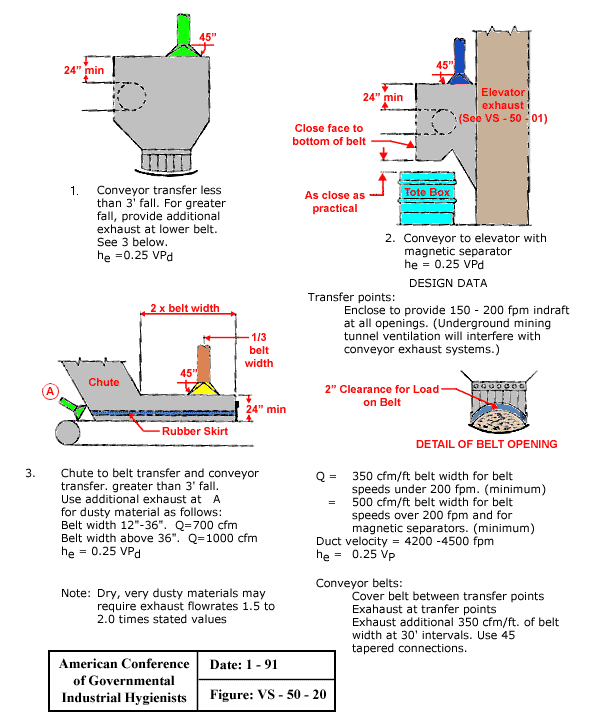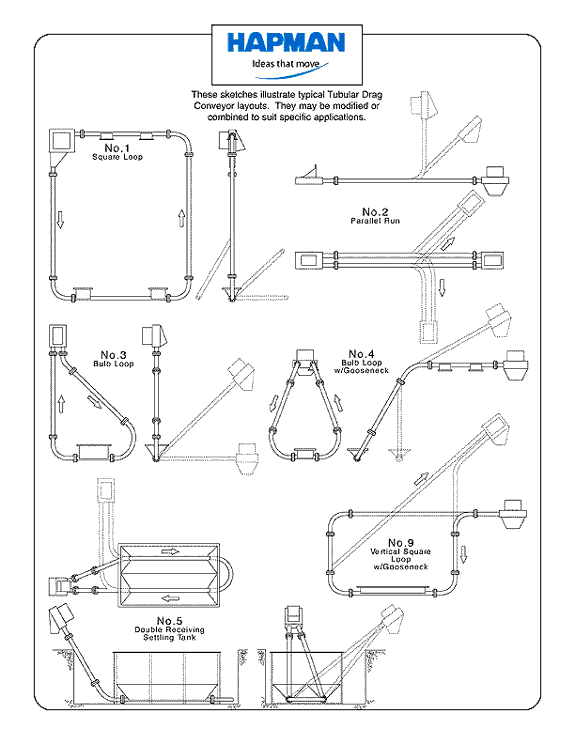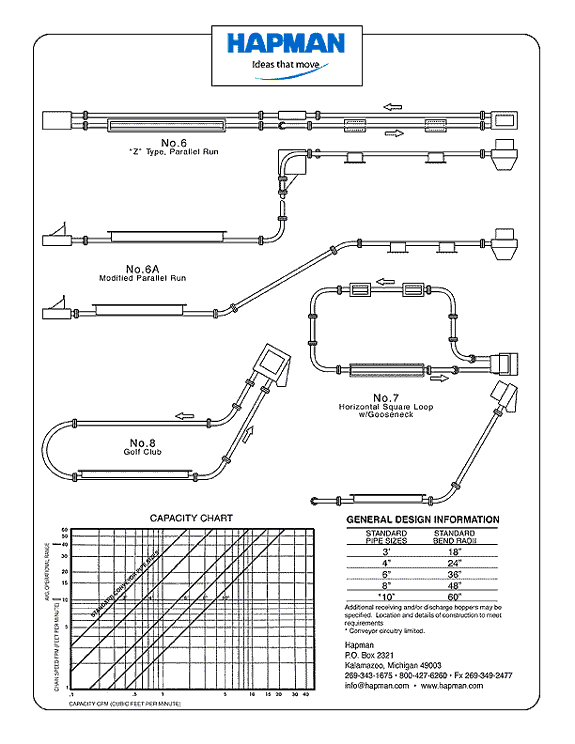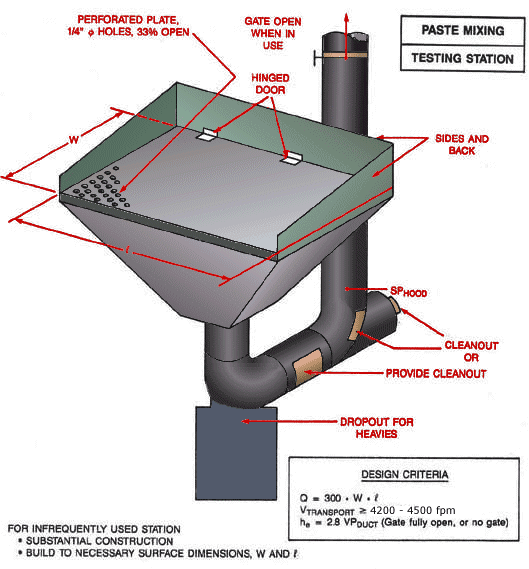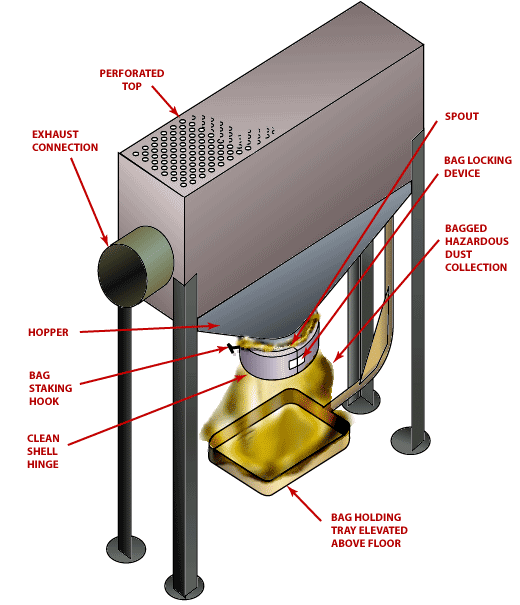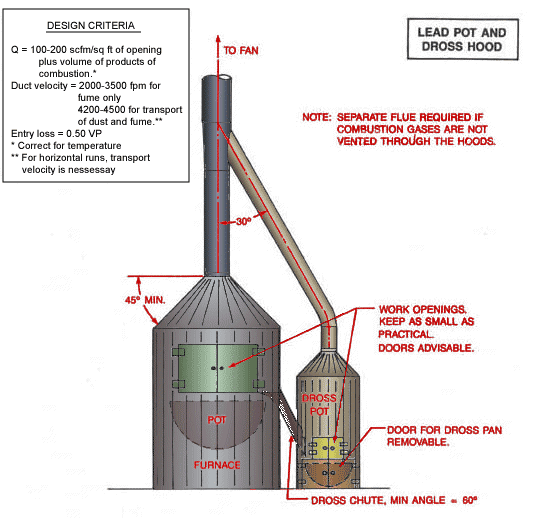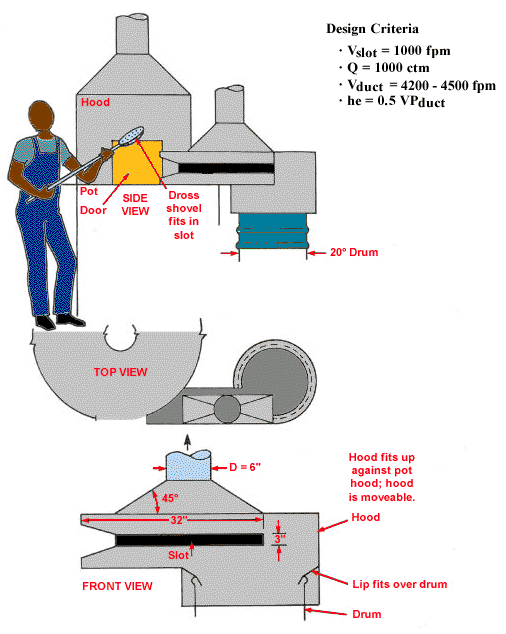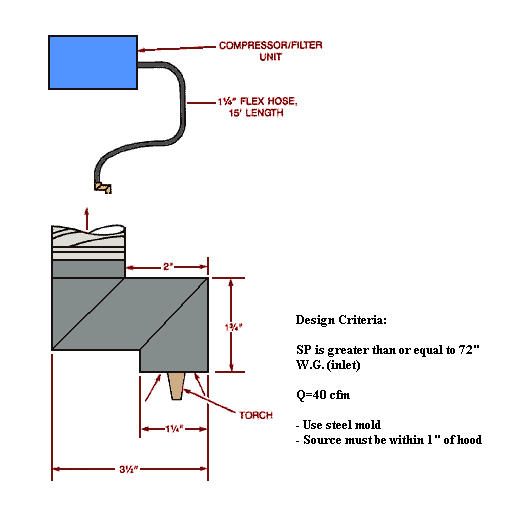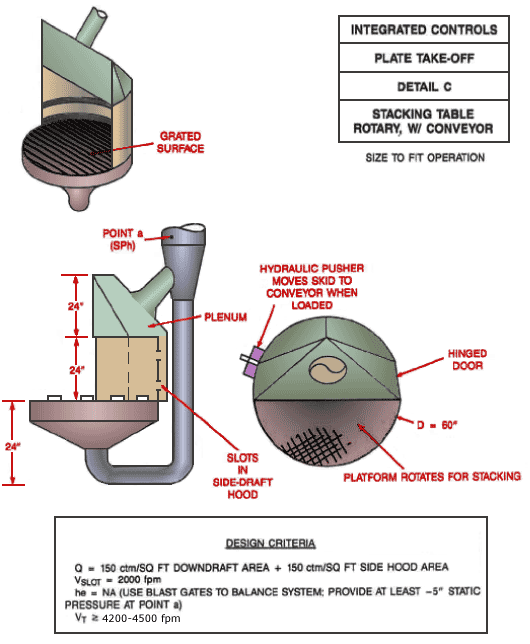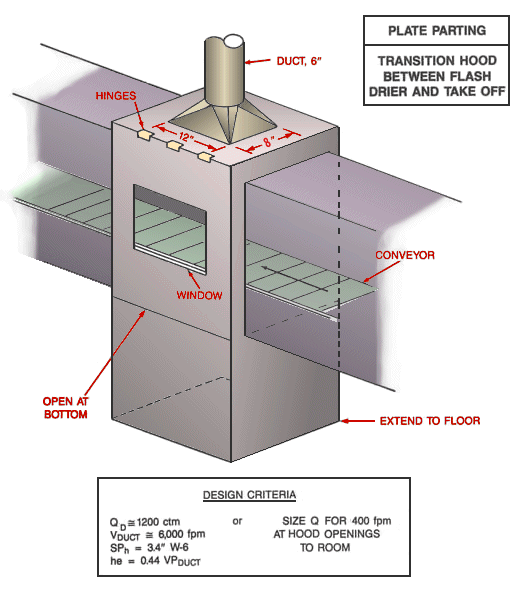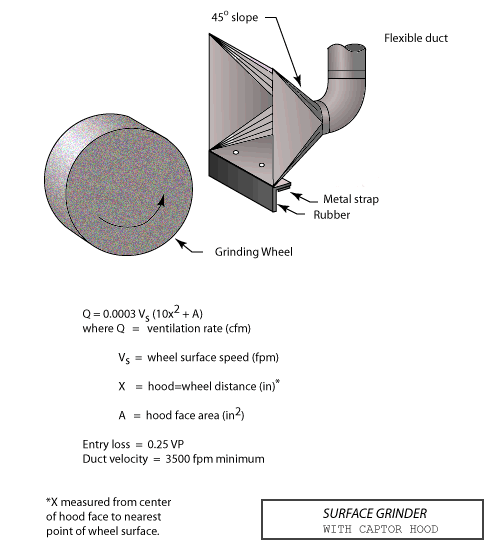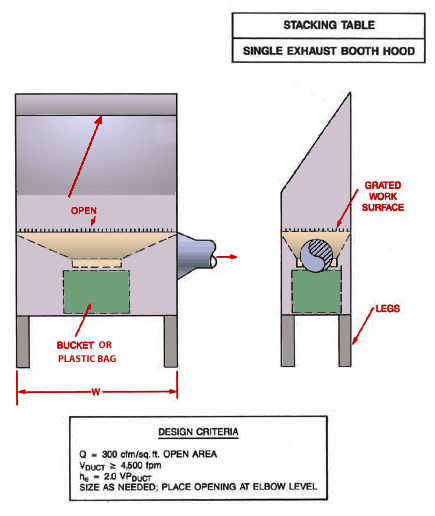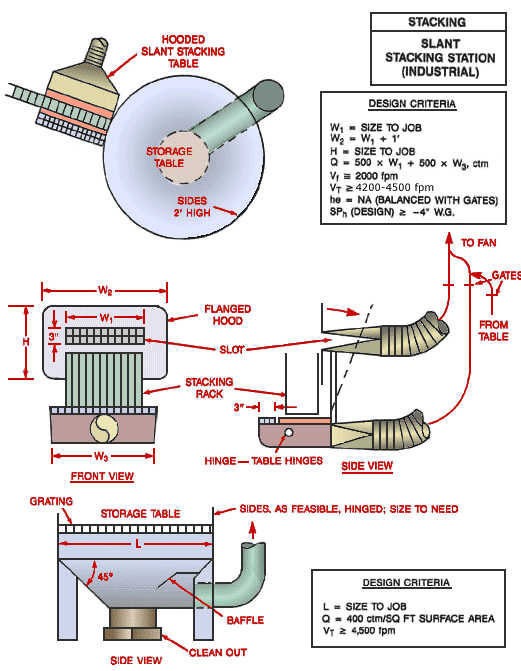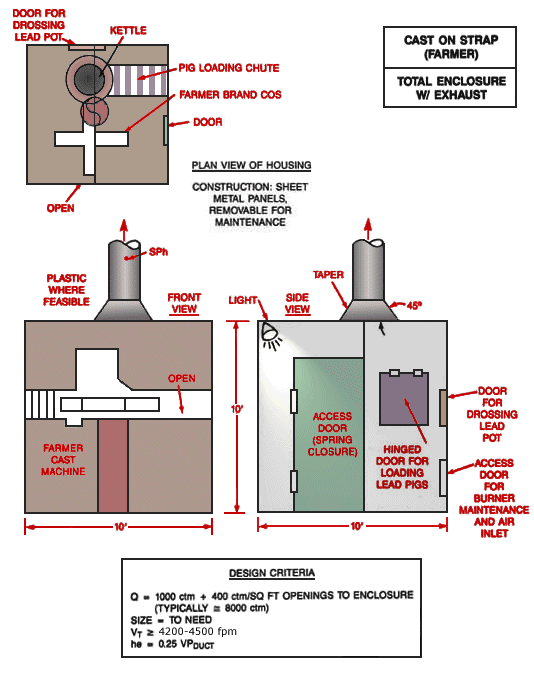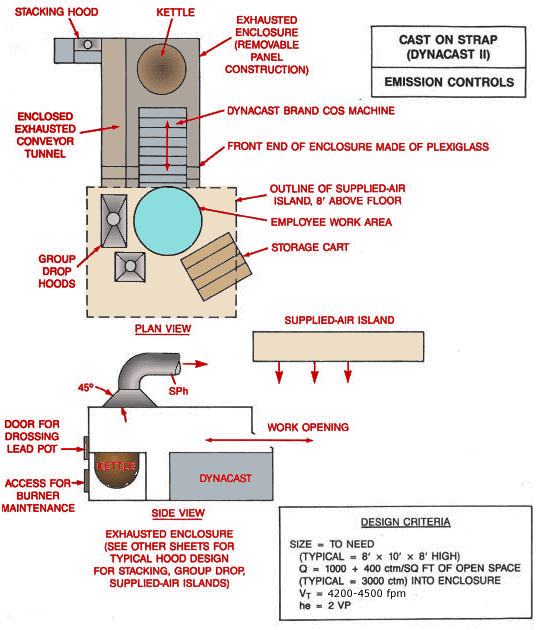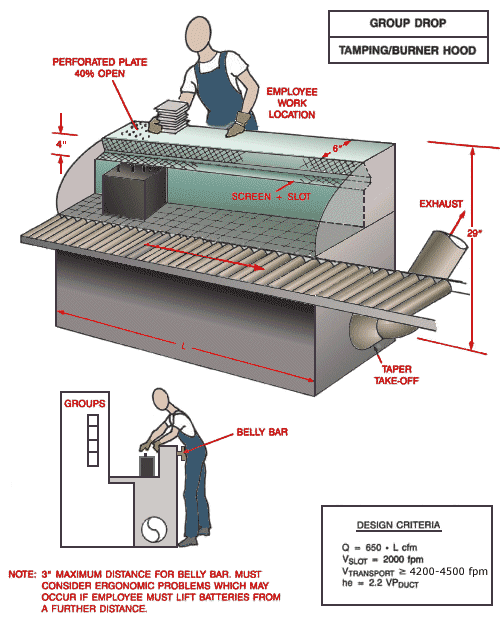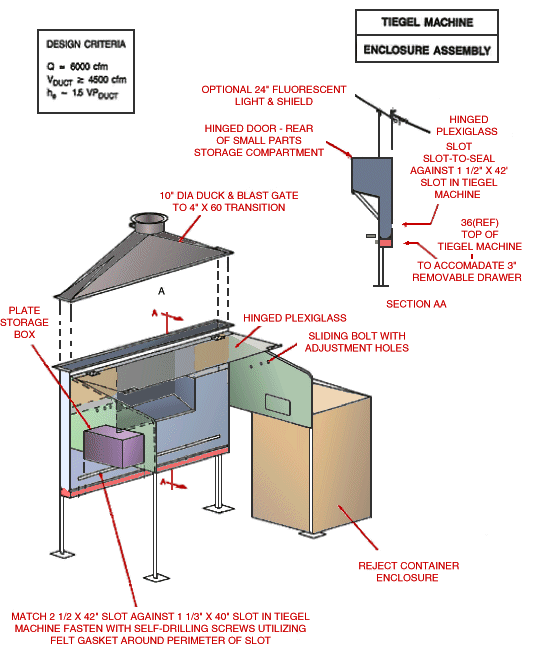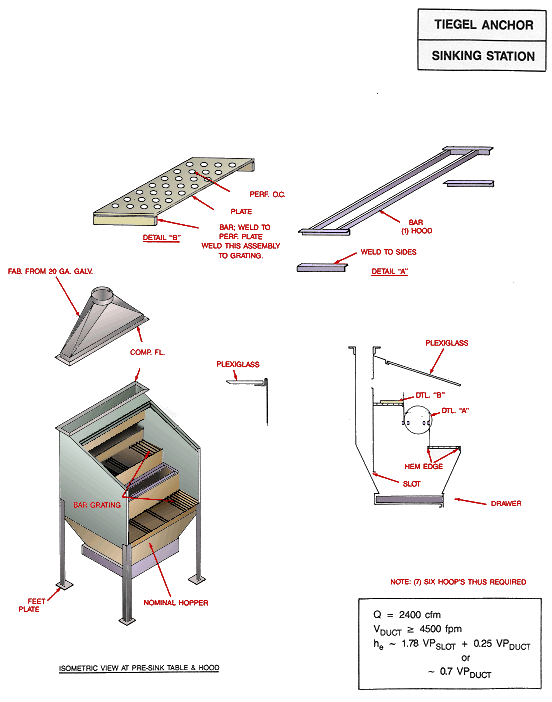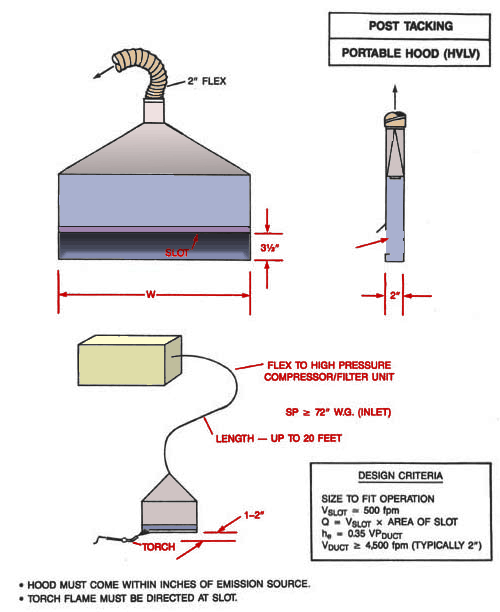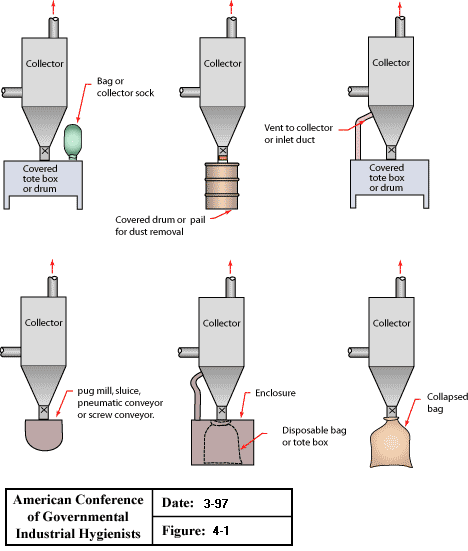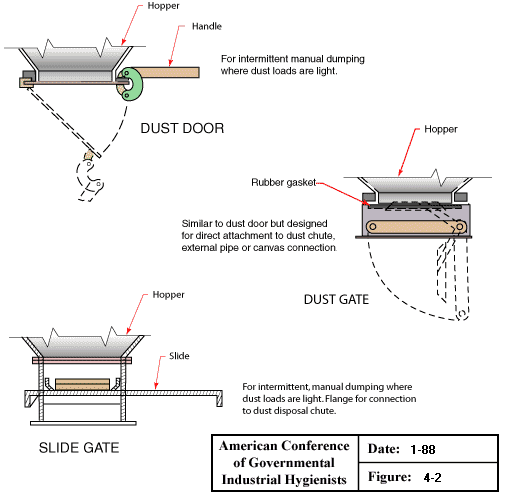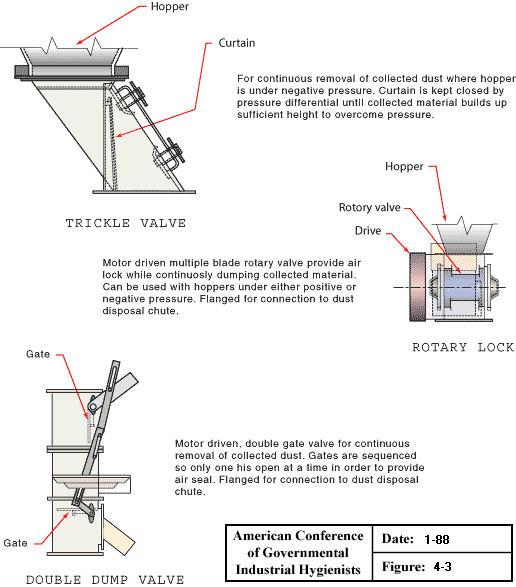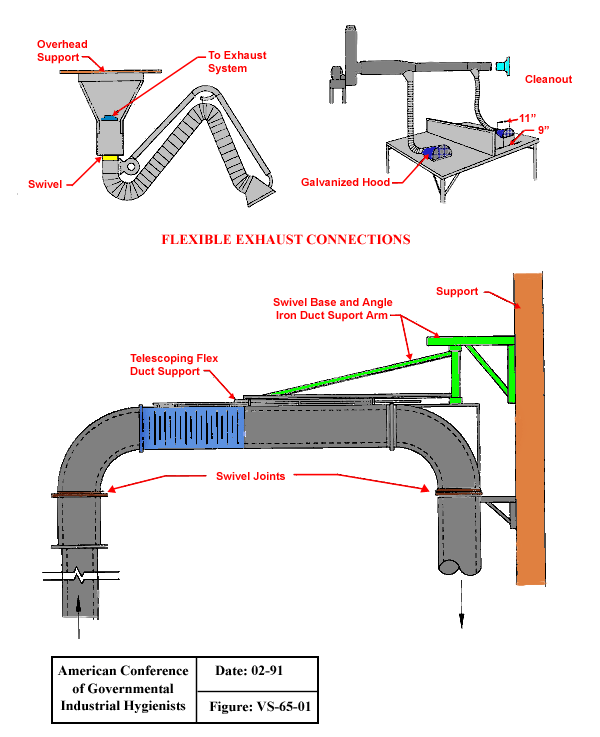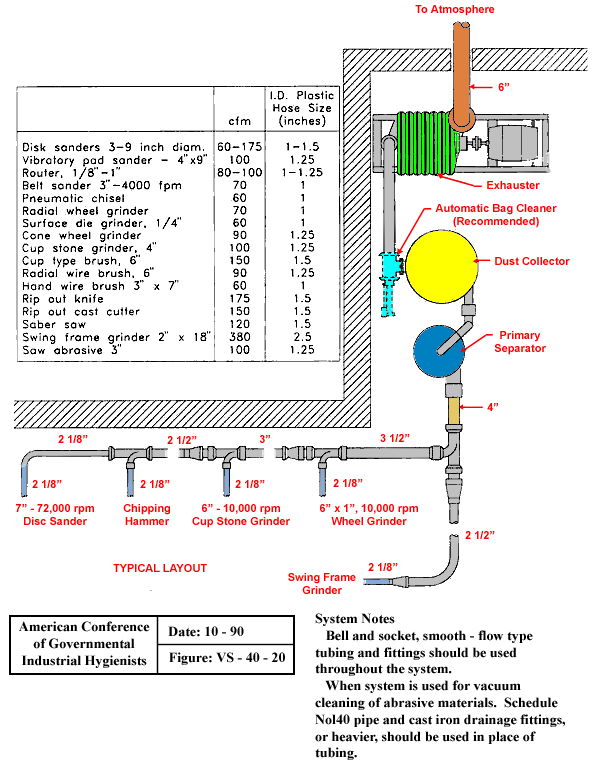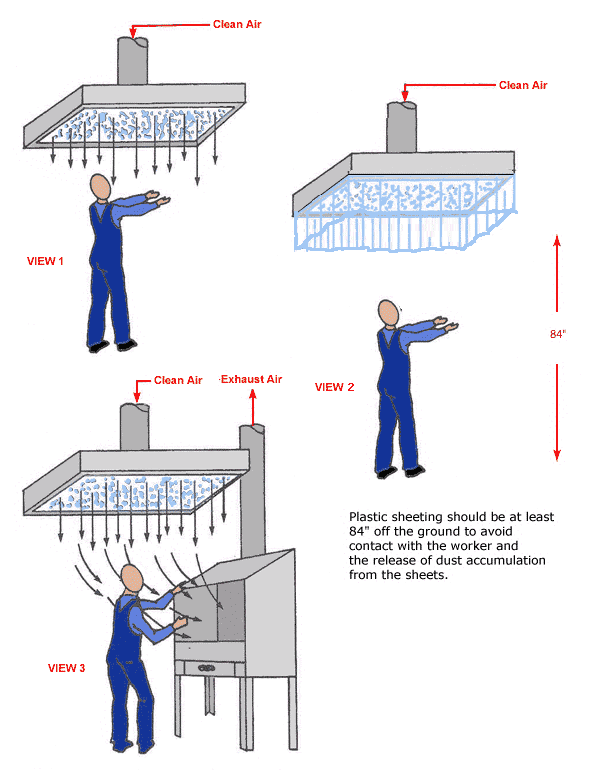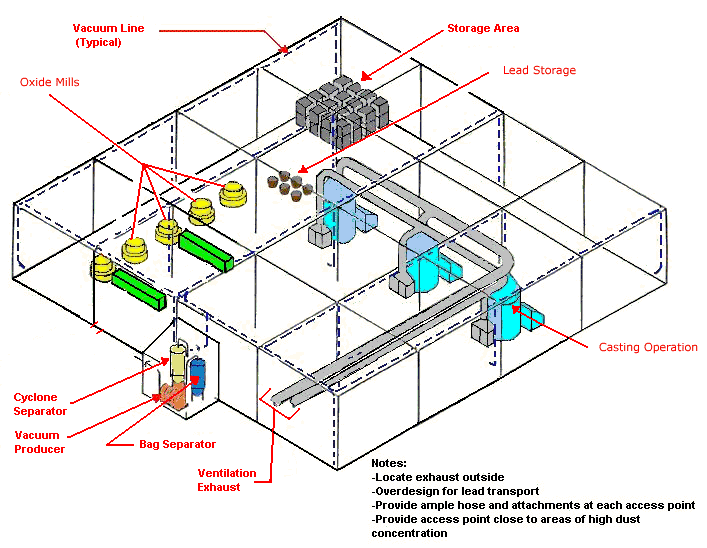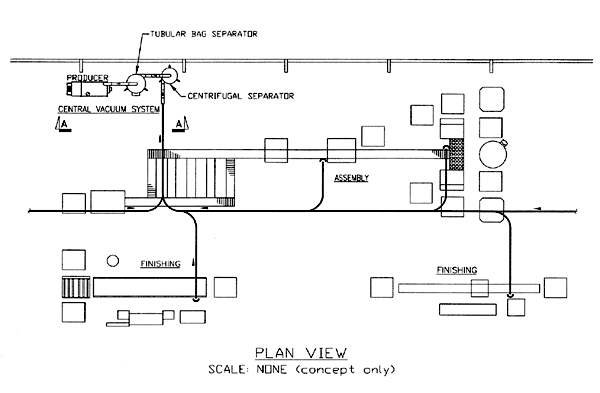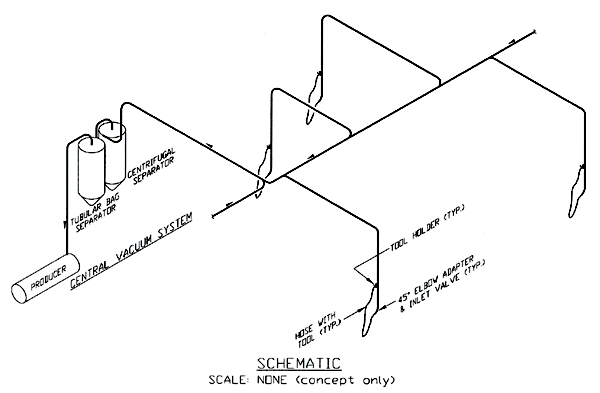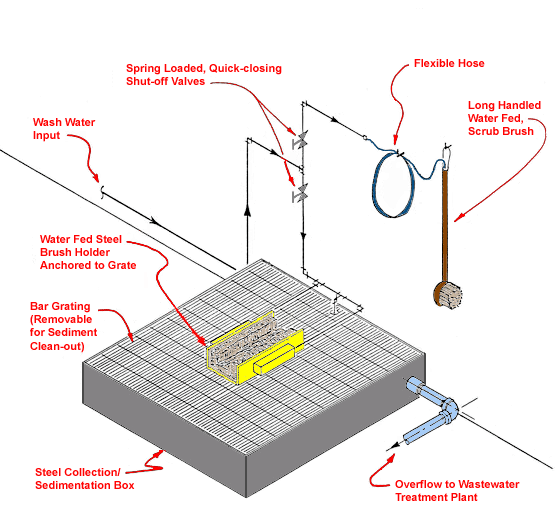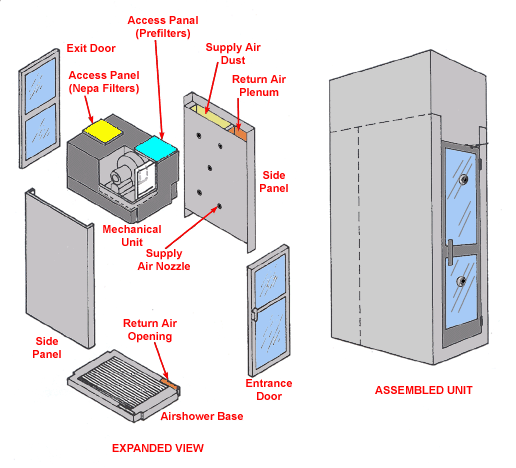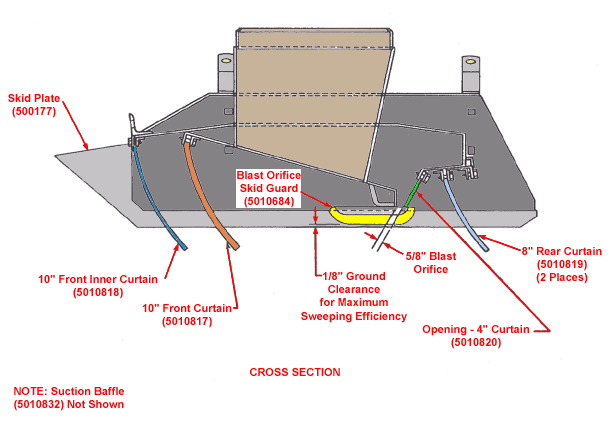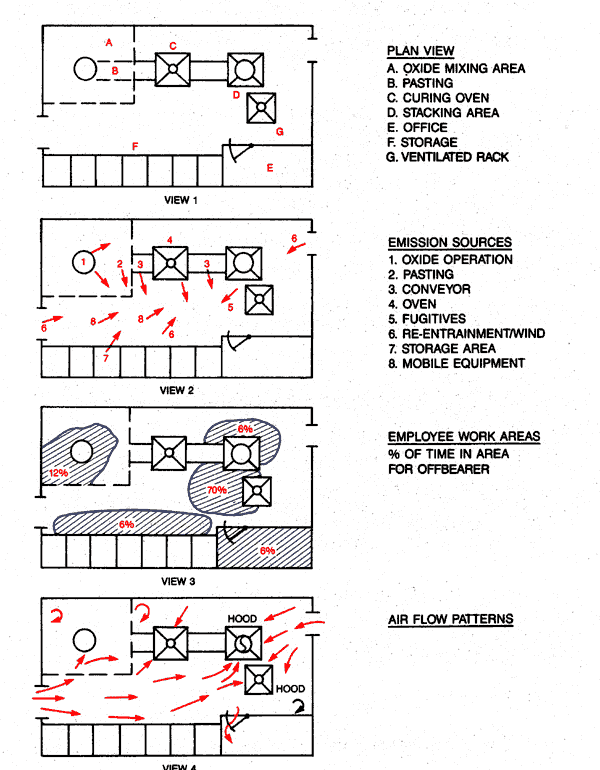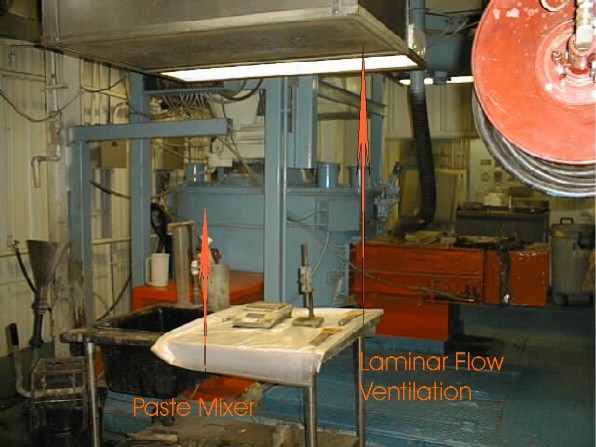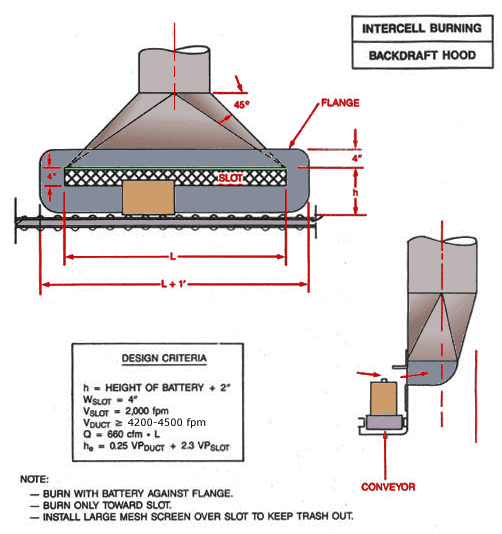Lead: Battery Manufacturing eTool
Lead: Battery Manufacturing » Source Identification Protocol
The following tools are useful for identifying sources of lead exposure:
Each battery manufacturing plant has literally hundreds of sources of emission, any of which might contribute to an employee's overall daily exposure. Limited technical and financial resources often make it necessary to prioritize control needs and implement controls in a step-wise fashion. This requires planning so that controls can be applied on a true, "worst-case first" basis.
Therefore, a systematic evaluation of emissions, exposures, contributors to exposure, optional controls, and costs of controls should be made prior to any attempt to install engineering controls. This will save time, money, and provide the most cost-effective application of controls and give the optimum control for the money spent.
The following is an inexpensive assessment procedure:
-
Measure employee exposures using 8-hour, time-weighted average, breathing zone sampling techniques (8-hour, TWA-BZ). Standard methods for sampling and analysis are available.
-
Conduct an emission inventory to identify all potential emissions in the work environment. This inventory qualitatively identifies emission sources that potentially contribute to employee exposure. The second plan view of Figure 1: Source Characterization demonstrates the approach.
-
Study employee work practices, work locations, and air movements to determine potential contact with emissions. See, for example, the third and fourth plan view on Figure 1: Source Characterization.
-
Based on the available information, the industrial hygiene engineer ranks emission sources in order of contribution to exposure. If enough information is available, percentage contribution of emissions may also be estimated. Spot examples (short term) may be taken to confirm the estimate.
Major data inputs to this method are
-
Employee exposure levels
-
Segmented samples
-
Source and area samples
-
Work practices and geographical location of employee throughout shift
-
Employee interviews concerning emissions, work practices, upset conditions, machine downtime, and cleanup
-
Air flow patterns in the work area (drafts and thermals)
-
Appraisals of the relative importance of emission sources
-
Evaluation of:
-
Material handling operations
-
Exhaust and make-up air systems
-
Process and product characteristics
-
Sample calculation
If an employee works seven hours stacking (average lead value from area samples: 60 µg/m3) and one hour in the oxide plant (average lead value: 500 µg/m3), is the oxide plant the major contributor to exposure? To "quantify" the contribution, it is possible to calculate the expected exposure level and the relative contribution of each major source (420 hr × µg/m3 vs. 500 hr. × µg/m3, or 45% from stacking and 55% from the oxide plant).
|
TWA = |
(7 hrs)(60 µg/m3) + (1 hr)(500 µg/m3) (8 hrs) |
= 115 µg/m3 |
Now, to verify this estimate, we can imagine the monitoring records for the employee. If the average TWA exposure level is near 115 µg/m3, then we have some evidence to support our calculations. If the actual exposure level is higher, or lower, we should go back to the beginning and evaluate the initial assumptions (thereby possibly identifying other sources contributing to the worker's exposure, or making an adjustment in the initial exposure assumptions).
Having identified the major contributor, we can now make a judgment for control (that is, should oxide emissions be controlled? How much control of each emission source can be achieved? What control will give the greatest reduction of lead levels versus the number of employees exposed?).
With video exposure monitoring (VEM), worker exposures to lead are monitored and recorded with a direct reading instrument. At the same time, workplace activities are recorded on a videotape. There are three examples of video exposure monitoring in this eTool.
- Video exposure monitoring: paste mixing
- Video exposure monitoring: shoveling paste
- Video exposure monitoring: pasting take-off
Note: These examples illustrate the level and duration of exposure to total dust and is used to show how VEM can be used for determining sources of employee exposure. Other sources of employee lead exposure can be determined by using VEM sampling for a full work shift. See the Direct-Reading Instruments Safety and Health Topic page, the section Video Exposure Monitoring for additional information about VEM.


